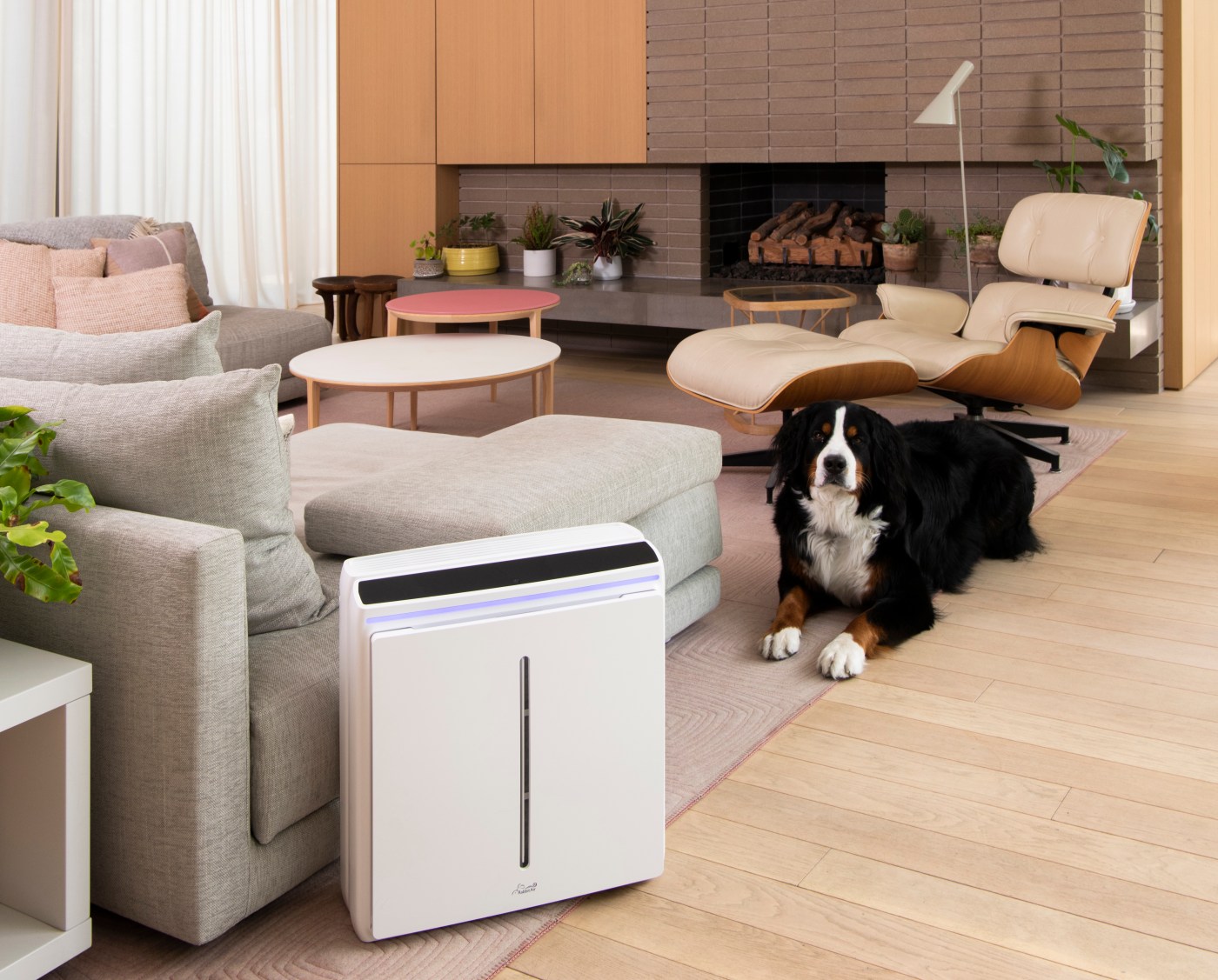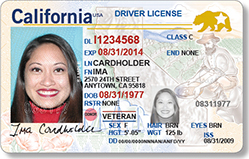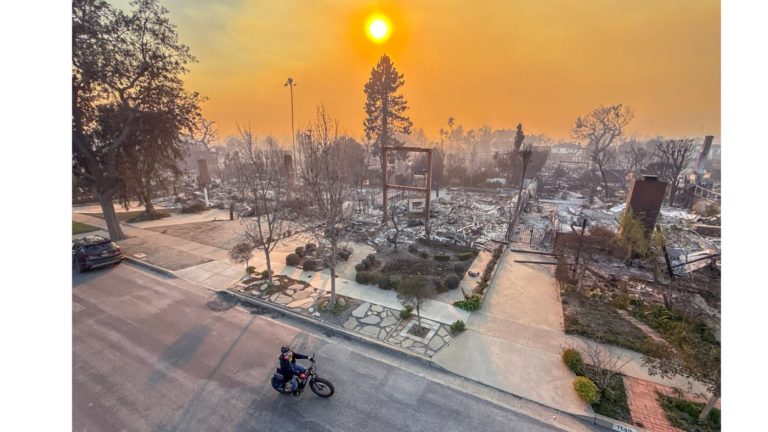Until recently, I was just blissfully breathing, unaware of all the microscopic particles — the dust mites, dander, pollen, mold and who knows what else — lurking right under my own nose. But as I was researching last week’s column, about how to remove pet fur from furniture, floors and clothes, that changed.
The problem with this job is that I can’t un-know what I now know. I almost stopped breathing altogether as I discovered what all hung in our homes’ air.
Whether you have pets, allergies or a roommate who smokes, keeping a clean, odor-free home will be much easier with an in-home air purifier.
The Environmental Protection Agency website recommends a three-step approach to improve your indoor air quality. First, remove pollutants and their source. (Thank you, but I will be keeping my pets.) Second, ventilate rooms by letting clean outside air in. And third, use air filtration by running a portable air purifier, which filters the air in a single room or area, or by upgrading the air filter in your central HVAC (heating, ventilation and air-conditioning) system. Both purifying methods can measurably reduce indoor air pollution, according to the EPA.
I brought home a portable air purifier to try. The worst that could happen was nothing. But maybe it would alleviate my morning sniffles, clean my home of pet smells that I worried were there (though I can’t smell them) and banish other indoor pollutants like dust, dander, pollen, viruses, cooking odors and mold.
A week after letting the unit run in different rooms, I checked the filter and saw a light film of dust, fuzzy pet dander and several ex-mosquitoes. My husband, an even bigger skeptic than I am, said he was sneezing a lot less, which I could confirm.
Convinced that this little box, about the size of a small printer, was pulling its weight, I called Rabbit Air, a Southern California company that has been making portable air purifiers, including the A3 model I got, for 20 years.
“The pandemic caused a lot of people to focus on air quality in their homes,” said Ryan Smith, the company spokesman who fielded my questions.
Q: Since most of what air purifiers filter are too small to see, how can we know if a system is working?
A: You will feel a difference in the air right away. It will smell cleaner. You’ll notice a lack of odors. Second, you’ll be able to tell by looking at the first filter, which you should clean every few months. (These are washable and reusable.) The first of several filters in the system, this offers visible proof. After a while, it looks like a vacuum bag, then you realize that could have been your lungs.
Q: How do these differ from HVAC filters?
A: Both purify the air. Portable units mainly work on the room you have them in. You can move them room to room like a space heater. A central system will increase air quality throughout the house but is not as targeted.
Q: Households who struggle with allergies or asthma, smokers, pet owners … who else might need an air purifier?
A: Every house can benefit, but … homeowners in areas prone to fires also appreciate that purifiers will clean indoor air of smoke.
Related Articles
At Home: 7 ways to deal with dog and cat fur on your couch — and on you
At Home: 7 steps to styling your bed like a pro
Clean House: 10 spots to spiff up before holiday guests come
Home decor: An heirloom photographer elevates common keepsakes
At Home: Choosing a down duvet is all about loft and shift
Q: Where is the best place to park a portable purifier?
A: One rule is to put it as close to the source of pollution as possible, like, say, the kitchen, if you have cooking odors. Another rule is to put it as close to you as possible, so by your desk when you’re working or by your bed while you sleep.
Q: What should I look for in an air purifying system?
A: You want to make sure the system uses a HEPA filter, which stands for “high efficiency particulate air.” Around since World War II, HEPA filters are the gold standard in air purification and will catch particles as small as 0.3 microns with 99.97 percent efficiency, as well as airborne bacteria and viruses, pet allergens, mold spores, bacteria, dust mites, VOCs (volatile organic compounds) from new carpet and smoke.
Also check the system’s clean air delivery rate. This is the number of air changes per hour, or how fast the unit cleans all the air in a given space when set at its highest fan speed. You also want to look at the unit’s coverage area. Our largest unit, the Rabbit Air A3 covers 1,070 square feet with two air changes per hour or one every 30 minutes. Choose a system that is a good fit for your space. The stronger the purifier and the larger capacity, the higher the price point.
Marni Jameson is the author of seven books, including “Downsizing the Family Home.” Reach her at marni@marnijameson.com.












